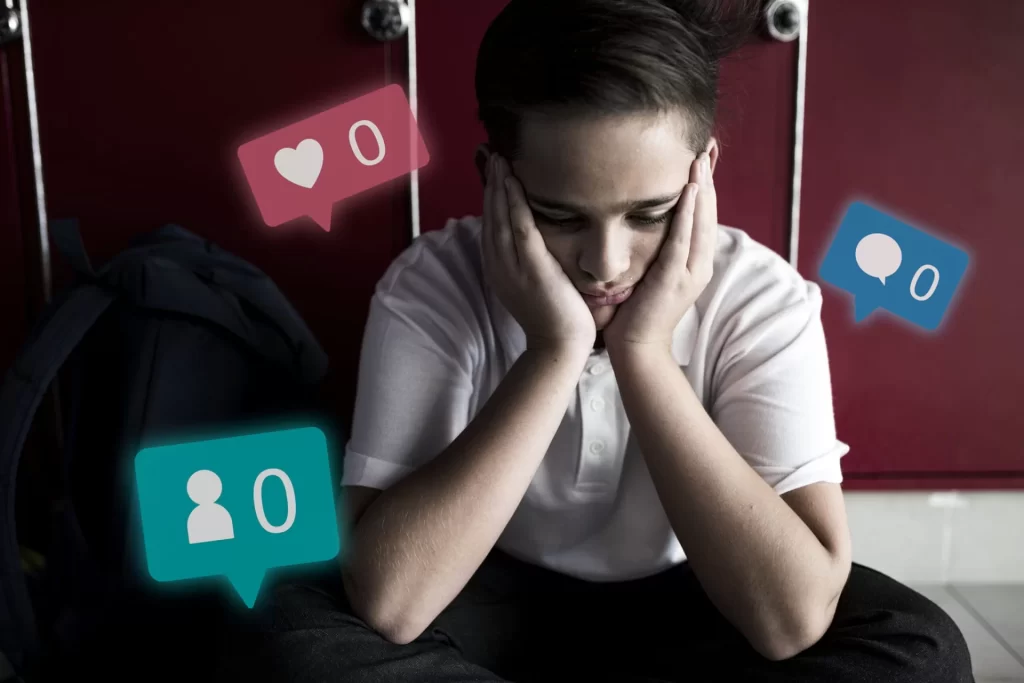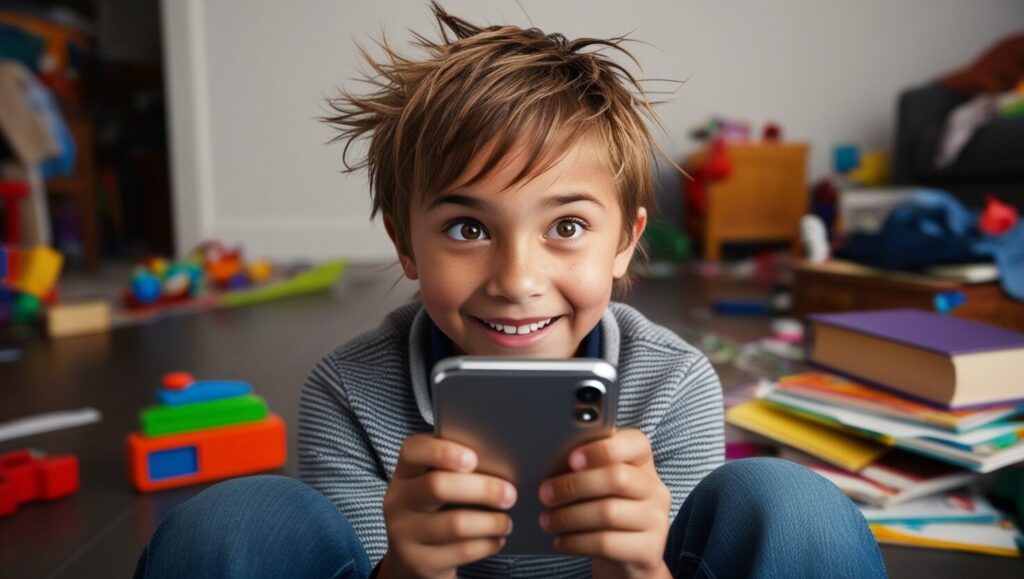Social media platforms such as Instagram and Facebook, owned by Meta, have become an undeniable part of our lives, especially for younger generations. While these platforms offer connection and entertainment, concerns are growing around their addictive potential and negative impact on the mental health of minors. Let’s take a look at how Instagram and Facebook’s design elements and algorithms could be contributing to problematic social media use among minors.

The Charm of the Algorithm:
A key concern lies in how these platforms use algorithms to curate user feeds. Instagram and Facebook employ sophisticated algorithms that personalize content based on user interaction. This means that the more a user interacts with a particular type of content, such as trending posts or funny videos, the more the algorithm prioritizes similar content in their feed. This creates a feedback loop, which could lead to a steady stream of content that reinforces existing interests or anxieties. For example, a teen obsessed with body image might see a disproportionate amount of highly edited fitness models, which could contribute to body dysmorphia.

The Dopamine Dilemma:
Social media platforms are designed to be engaging, harnessing the power of positive reinforcement. Likes, comments and shares trigger the release of dopamine in the brain, creating a pleasurable feeling that encourages further interaction. This “like-seeking” behavior can become addictive, particularly for adolescents who are still developing healthy coping mechanisms and self-esteem. The constant need for validation through online approval can lead to anxiety and depression if those “likes” don’t come.
Check more about: How to Easily and Quickly Share Statuses with Music on WhatsApp
The Filtered Facade:
The filtered and often unrealistic depiction of life on Instagram and Facebook can negatively affect a teen’s self-perception. Photos are meticulously edited, showing perfect vacations, flawless bodies and seemingly effortless success. This idealized representation can create a sense of inadequacy and dissatisfaction among young users who compare their own unfiltered lives to the online highlight reel. In addition, the constant bombardment of perfectly selected experiences can contribute to feelings of social isolation and depression.
Taking Care of Time Leakage:
Beyond the psychological impact, excessive social media use can lead to significant time drain, affecting a teen’s well-being and development. Hours spent scrolling through feeds can detract from crucial activities such as sleep, physical exercise, and face-to-face social interaction. This lack of balance can lead to a decline in academic performance, disrupted sleep patterns, and a withdrawal from real-world relationships.

The Responsibility of the Social Network Giants:
The conversation around social media addiction extends beyond individual users. Social media platforms like Meta have a responsibility to consider the potential negative impacts on their younger users. This includes:
- Implement stricter age verification measures to prevent children under 13 from accessing these platforms.
- Develop algorithms that promote a more balanced and diverse content feed, reducing the echo chamber effect.
- Provide tools for users to manage their time and set limits on their use of social networks.
- Collaborate with mental health experts to design features and resources that promote healthy online behavior.
Regaining Control: A Shared Effort:
Finding a healthy balance with social networking requires a multifaceted approach. Parents play a crucial role in setting clear guidelines for screen time, encouraging real-world activities, and fostering open communication about online experiences. Schools can also contribute by educating students about responsible use of social media and digital citizenship. Ultimately, social media platforms such as Instagram and Facebook must prioritize the well-being of their users, especially the most vulnerable: our children.
The Road to Responsible Social Networking:
The rise of social media has irrevocably changed the way we connect and interact. While these platforms offer undeniable benefits, addressing the potential for addiction among minors is critical. By acknowledging concerns, holding social media platforms accountable and promoting responsible digital habits, we can strive for a more balanced and healthy online experience for the generation of the future.
Tips for Parents and Teens:
- Set clear boundaries: Parents and children should work together to create a plan for social media use. This can include designated times to be online, technology-free zones in the home and limits on screen time.
- Promote alternative activities: Encourage hobbies and interests outside of the online world. Encourage teens to participate in sports, clubs, creative activities or outdoor hobbies.
- Advocate for transparency: Encourage teens to be selective about what they share online and to have open conversations with parents about their social networking experiences.
- Periodic digital detox: Encourage teens to take regular breaks from social networking. This could include social media-free weekends or designated phone-free periods in the evenings.
- Prioritize sleep: The blue light emitted from screens can disrupt sleep. Encourage teens to avoid social media before bedtime and create a relaxing bedtime routine.
Looking Toward the Future:
The conversation about the impact of social media on children is ongoing. As technology evolves, it is critical that parents, schools, social media platforms and mental health experts work together to promote responsible social media use and protect the mental well-being of young people. By fostering awareness and shared responsibility, we can create a healthier digital environment for generations to come.
